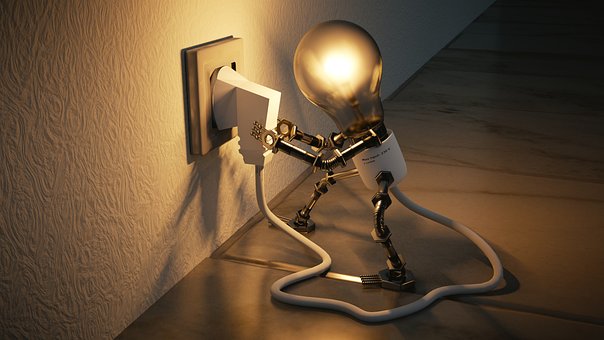The WIRED Guide to the Internet of Things
How many engineers does it take to change a lightbulb?
Depends on whether or not that lightbulb is connected to Wi-Fi.

Lightbulbs, along with refrigerators, coffee makers, microwave ovens, baby monitors, security cameras, speakers, televisions, and thermostats have, in the past few decades, transformed from ordinary objects into conduits for the future. Embedded with sensors that see, hear, and touch the world around them, they can turn physical information into digital data. Collectively, these devices—and there are billions of them around the world—make up the “internet of things.”
Just about anything with network connectivity belongs to the internet of things, from security cameras and speakers to smart watches and denim jackets. In the “smart home,” these internet-enabled gadgets liberate us from our chores, give us back some of our time, and add a dash of novelty to ordinary experiences. (“Alexa, turn on the disco lights.”) But the internet of things is about more than just using your voice to preheat the oven or using your phone to turn off the lights. The real promise of the internet of things is making our physical surroundings accessible to our digital computers, putting sensors on everything in the world and translating it into a digital format. Internet-connected objects could be the key to unlocking predictions about everything from consumer behavior to climate events, but those same objects could invite hackers into personal spaces and leak intimate data. Depending on who you ask, the growing internet of things either represents the promise of technology—the thing that will reinvent modern life as we know it—or that which will be our technological undoing. Read On:

Comments
The WIRED Guide to the Internet of Things — No Comments
HTML tags allowed in your comment: <a href="" title=""> <abbr title=""> <acronym title=""> <b> <blockquote cite=""> <cite> <code> <del datetime=""> <em> <i> <q cite=""> <s> <strike> <strong>